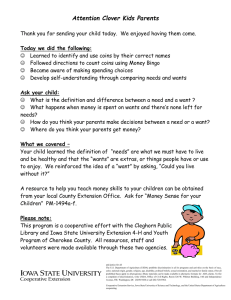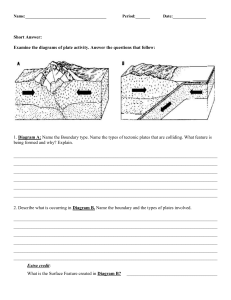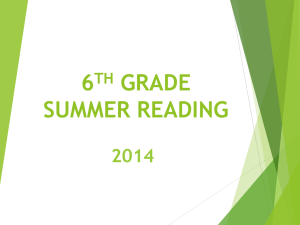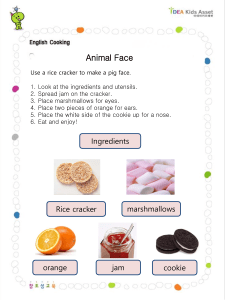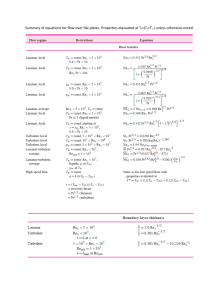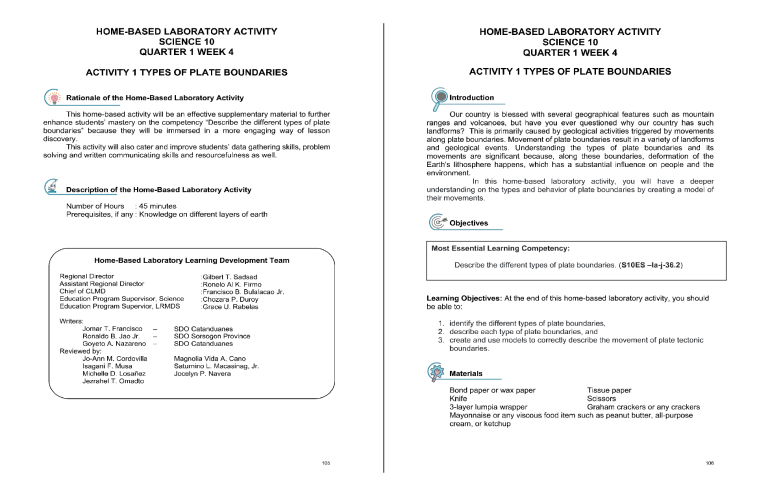
HOME-BASED ACTIVITY QUARTER 1 WEEK 4 TYPES OF PLATE BOUNDARIES Gr and Sec: Remarks: Name: Date: The Earth’s Lithosphere is divided into several portions called plates and are separated by margins called plate boundaries. The lithosphere can either be oceanic or continental which has several distinguishable characteristics. Plates move and interact thus the term Plate tectonics. When different plates interact, they result in geologic features and events. The resulting geologic feature or event is dependent on how the plates are interacting and on the characteristic of the interacting lithospheric plates. If pairs of plates are moving toward each other or if the plates are colliding, the interaction is known as a convergent plate boundary. If they are separating or moving away from each other, it is called a divergent plate boundary. When plates slide past each other without converging or diverging, the interaction is called a transform-fault boundary. Activity: Answer the items below on a separate sheet of paper Observation Table In your model, what did each of the parts represent? Materials Representation Crackers 3-layer lumpia Mayonnaise Identify what type of plate boundaries each set-up of the activity represents. Set-up Type of Plate Boundary Reasons represented (if convergent, further identify which subtype) 1. Cracker vs. Cracker 2. 3-layer Lumpia wrapper vs. Cracker 3. 3-layer lumpia wrapper vs. 3-layer lumpia wrapper 4. Cracker vs. Cracker 5. Cracker vs. Cracker Questions 1. What is responsible for creating the force that moves the different plate boundaries? 2. How does the movement of tectonic plates help build up Earth’s crust? 3. How does plate tectonics tear down Earth’s crust? Application Complete the table below. Set-up Draw the movement of plates using arrows Describe what you observed in each part 1. Cracker vs. Cracker 2. 3-layer Lumpia wrapper vs. Cracker 3. 3-layer lumpia wrapper vs. 3layer lumpia wrapper 4. Cracker vs. Cracker 5. Cracker vs. Cracker Generalization Write your generalization in the box below. Landforms produced (continental volcanic arc, Earthquake fault zone, Midoceanic ridges, Mountain ranges, trench, Rift Valleys, volcanic island arc) Plate Boundary (Convergent, Divergent, Transform)
